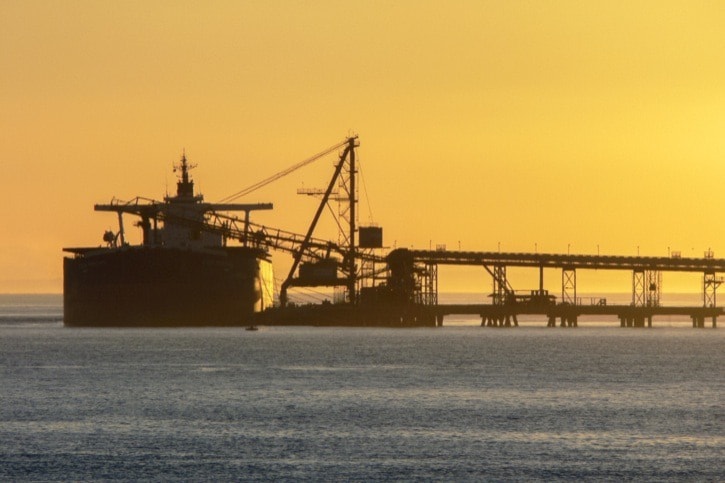Editor: To put it in perspective, the geographic location of Canada’s shipping ports reveals the significance of the West Coast as the gateway to the Pacific Rim’s booming trade economies.
Eastern Canada’s 14 federal ports are spread out approximately 4,000 km, from Thunder Bay, through the Great Lakes, Windsor, Hamilton, Toronto, Oshawa, the Saint Lawrence Seaway, Montreal plus four others in Quebec and four more in the Maritimes, all the way to St. John’s, Newfoundland.
Western Canada’s four federal ports are confined to coastal B.C. There are Port Alberni and Nanaimo on Vancouver Island, Vancouver/Fraser River in the Lower Mainland and Prince Rupert on the north coast.
Activity at Prince Rupert is growing, as it’s competitively closer to Asia and approximately one day faster than Vancouver for CN rail container shipping to Chicago.
The Port of Kitimat, (a deep-water, ice-free port like Prince Rupert) is a non-federal, District of Kitimat private port.
It is undergoing large expansion, which will affect truck, rail and pipeline transport to and from the port.
CN is improving and double tracking much of its rail line from Prince George to Prince Rupert, which also makes it more viable to ship oil by rail.
The Fraser Valley is an unavoidable vital transport corridor of rail, truck and pipeline for Canada’s economy, and expansion pressures are increasing. In Western Canada, oil by rail is expected to more than triple in the next two years, from 200,000 barrels per day to 700,000 barrels per day.
It’s quite possible to see more of it coming through the Fraser Valley.
It’s unreasonable to expect a prosperous lifestyle by stifling growth. However, our economic future, job prospects, social services and more, will rely on the decisions regarding these issues. When you consider the history of eastern Canada, it’s not like we would be the first people to make such decisions.
Roland Seguin,
Langley
